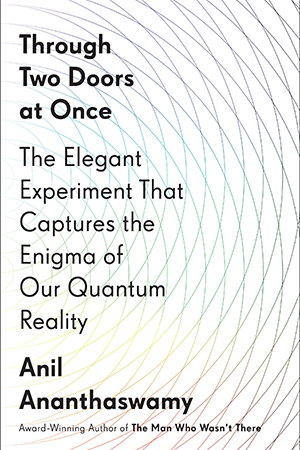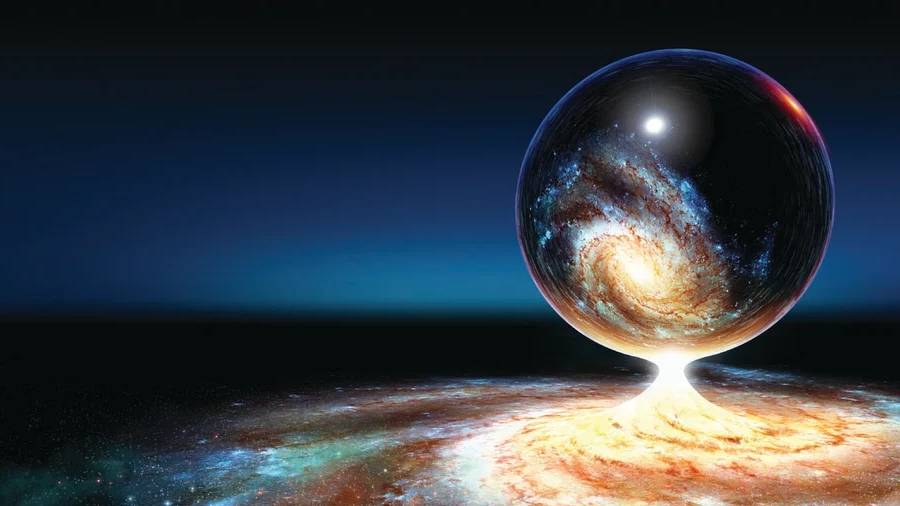
Library
Physics
Michael Talbot
Holographic Universe
Examines a new theory of reality, based on holography, that explains the paranormal abilities of the mind, the latest frontiers of physics, and the unsolved riddles of the brain and body. Nearly everyone is familiar with holograms - three-dimensional images projected into space with the aid of a laser. Two of the world's most eminent thinkers believe that the universe itself may be a giant hologram, quite literally a kind of image or construct created, at least in part, by the human mind. University of London physicist David Bohm, a protégé of Einstein and one of the world's most respected quantum physicists, and Stanford neurophysiologist Karl Pribram, an architect of our modern understanding of the brain, have developed a remarkable new way of looking at the universe. Their theory explains not only many of the unsolved puzzles of physics but also such mysterious occurrences as telepathy, out-of-body and near-death experiences, lucid dreams, and even religious and mystical experiences, such as feelings of cosmic unity and miraculous healings. Now featuring a foreword by Lynne McTaggart, The Holographic Universe is a landmark work with exciting conclusions that continue to be proven true by today's most advanced physics, cosmology, and string theory.
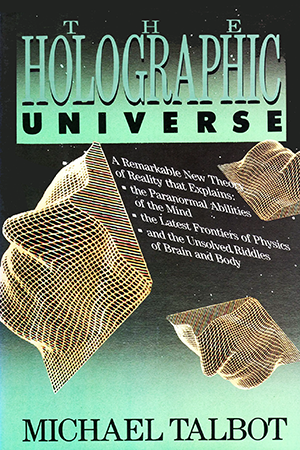
Joseph P. McEvoy
Introducing Quantum Theory
Presents an introduction to the key concepts and figures associated with quantum theory. Quantum theory confronts us with bizarre paradoxes which contradict the logic of classical physics. At the subatomic level, one particle seems to know what the others are doing, and according to Heisenberg's "uncertainty principle", there is a limit on how accurately nature can be observed. And yet the theory is amazingly accurate and widely applied, explaining all of chemistry and most of physics. Introducing Quantum Theory takes us on a step-by-step tour with the key figures, including Planck, Einstein, Bohr, Heisenberg and Schrodinger. Each contributed at least one crucial concept to the theory. The puzzle of the wave-particle duality is here, along with descriptions of the two questions raised against Bohr's "Copenhagen Interpretation" - the famous "dead and alive cat" and the EPR paradox. Both remain unresolved.
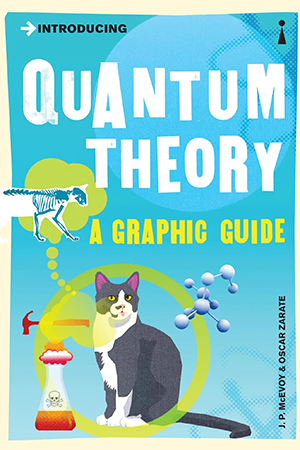
Craig Callender
Introducing Time
What is time? The 5th-century philosopher St Augustine famously said that he knew what time was, so long as no one asked him. Is time a fourth dimension similar to space or does it flow in some sense? And if it flows, does it make sense to say how fast? Does the future exist? Is time travel possible? Why does time seem to pass in only one direction? These questions and others are among the deepest and most subtle that one can ask, but Introducing Time presents them - many for the first time - in an easily accessible, lucid and engaging manner, wittily illustrated by Ralph Edney.This title is now available in a new format.
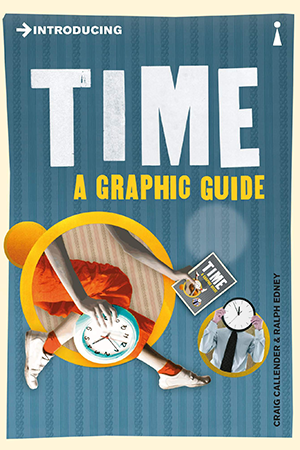
Carlo Rovelli
Seven Brief Lessons on Physics
The New York Times bestseller from the author of The Order of Time and Reality Is Not What It Seems and Helgoland “One of the year’s most entrancing books about science.”—The Wall Street Journal “Clear, elegant...a whirlwind tour of some of the biggest ideas in physics.”—The New York Times Book Review This playful, entertaining, and mind-bending introduction to modern physics briskly explains Einstein's general relativity, quantum mechanics, elementary particles, gravity, black holes, the complex architecture of the universe, and the role humans play in this weird and wonderful world. Carlo Rovelli, a renowned theoretical physicist, is a delightfully poetic and philosophical scientific guide. He takes us to the frontiers of our knowledge: to the most minute reaches of the fabric of space, back to the origins of the cosmos, and into the workings of our minds. The book celebrates the joy of discovery. “Here, on the edge of what we know, in contact with the ocean of the unknown, shines the mystery and the beauty of the world,” Rovelli writes. “And it’s breathtaking.”
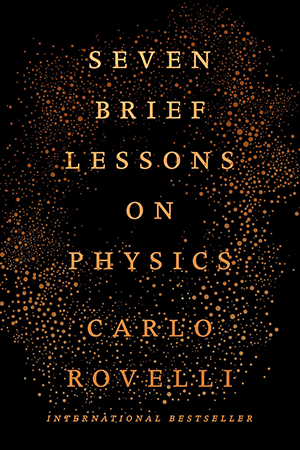
Carlo Rovelli
Helgoland
A startling new look at quantum theory, from the New York Times bestselling author of Seven Brief Lessons on Physics, The Order of Time, and Anaximander. One of the world's most renowned theoretical physicists, Carlo Rovelli has entranced millions of readers with his singular perspective on the cosmos. In Helgoland, he examines the enduring enigma of quantum theory. The quantum world Rovelli describes is as beautiful as it is unnerving. Helgoland is a treeless island in the North Sea where the twenty-three-year-old Werner Heisenberg made the crucial breakthrough for the creation of quantum mechanics, setting off a century of scientific revolution. Full of alarming ideas (ghost waves, distant objects that seem to be magically connected, cats that appear both dead and alive), quantum physics has led to countless discoveries and technological advancements. Today our understanding of the world is based on this theory, yet it is still profoundly mysterious. As scientists and philosophers continue to fiercely debate the meaning of the theory, Rovelli argues that its most unsettling contradictions can be explained by seeing the world as fundamentally made of relationships rather than substances. We and everything around us exist only in our interactions with one another. This bold idea suggests new directions for thinking about the structure of reality and even the nature of consciousness. Rovelli makes learning about quantum mechanics an almost psychedelic experience. Shifting our perspective once again, he takes us on a riveting journey through the universe so we can better comprehend our place in it.
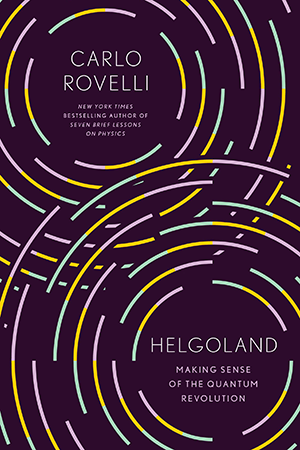
Carlo Rovelli
Reality Is Not What It Seems
“From the New York Times–bestselling author of Seven Brief Lessons on Physics, The Order of Time, and the forthcoming Helgoland, a closer look at the mind-bending nature of the universe. What are the elementary ingredients of the world? Do time and space exist? And what exactly is reality? In elegant and accessible prose, theoretical physicist Carlo Rovelli leads us on a wondrous journey from Democritus to Einstein, from Michael Faraday to gravitational waves, and from classical physics to his own work in quantum gravity. As he shows us how the idea of reality has evolved over time, Rovelli offers deeper explanations of the theories he introduced so concisely in Seven Brief Lessons on Physics. Rovelli invites us to imagine a marvelous world where space breaks up into tiny grains, time disappears at the smallest scales, and black holes are waiting to explode—a vast universe still largely undiscovered.
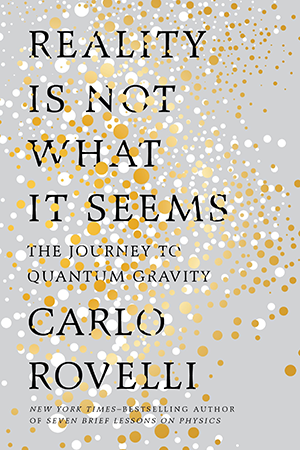
Carlo Rovelli
There Are Places in the World Where Rules Are Less Important Than Kindness
A delightful intellectual feast from the bestselling author of Seven Brief Lessons on Physics and The Order of Time One of the world’s most prominent physicists and fearless free spirit, Carlo Rovelli is also a masterful storyteller. His bestselling books have introduced millions of readers to the wonders of modern physics and his singular perspective on the cosmos. This new collection of essays reveals a curious intellect always on the move. Rovelli invites us on an accessible and enlightening voyage through science, literature, philosophy, and politics. Written with his usual clarity and wit, this journey ranges widely across time and space: from Newton's alchemy to Einstein's mistakes, from Nabokov’s lepidopterology to Dante’s cosmology, from mind-altering psychedelic substances to the meaning of atheism, from the future of physics to the power of uncertainty. Charming, pithy, and elegant, this book is the perfect gateway to the universe of one of the most influential minds of our age.
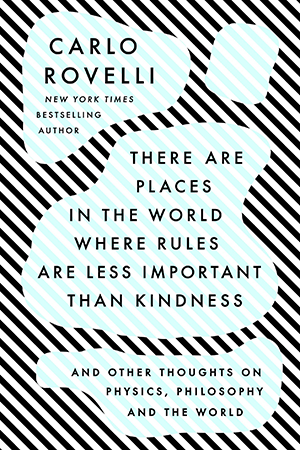
Anthony Scopatz
Effective Computation in Physics
More physicists today are taking on the role of software developer as part of their research, but software development isn’t always easy or obvious, even for physicists. This practical book teaches essential software development skills to help you automate and accomplish nearly any aspect of research in a physics-based field. Written by two PhDs in nuclear engineering, this book includes practical examples drawn from a working knowledge of physics concepts. You’ll learn how to use the Python programming language to perform everything from collecting and analyzing data to building software and publishing your results. In four parts, this book includes: Getting Started: Jump into Python, the command line, data containers, functions, flow control and logic, and classes and objects Getting It Done: Learn about regular expressions, analysis and visualization, NumPy, storing data in files and HDF5, important data structures in physics, computing in parallel, and deploying software.
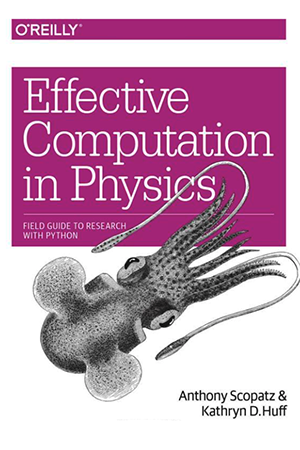
Stephen Hawking
The Grand Design
#When and how did the universe begin? Why are we here? What is the nature of reality? Is the apparent “grand design” of our universe evidence of a benevolent creator who set things in motion—or does science offer another explanation? In this startling and lavishly illustrated book, Stephen Hawking and Leonard Mlodinow present the most recent scientific thinking about these and other abiding mysteries of the universe, in nontechnical language marked by brilliance and simplicity. According to quantum theory, the cosmos does not have just a single existence or history. The authors explain that we ourselves are the product of quantum fluctuations in the early universe, and show how quantum theory predicts the “multiverse”—the idea that ours is just one of many universes that appeared spontaneously out of nothing, each with different laws of nature. They conclude with a riveting assessment of M-theory, an explanation of the laws governing our universe that is currently the only viable candidate for a “theory of everything”: the unified theory that Einstein was looking for, which, if confirmed, would represent the ultimate triumph of human reason.
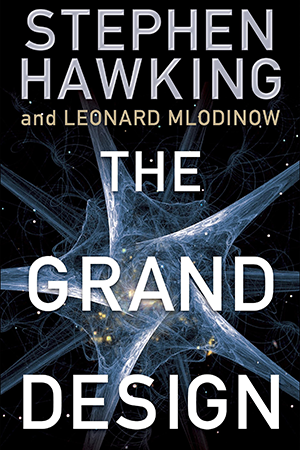
Roger Penrose
The Road to Reality
The Road to Reality is the most important and ambitious work of science for a generation. It provides nothing less than a comprehensive account of the physical universe and the essentials of its underlying mathematical theory. It assumes no particular specialist knowledge on the part of the reader, so that, for example, the early chapters give us the vital mathematical background to the physical theories explored later in the book. Roger Penrose's purpose is to describe as clearly as possible our present understanding of the universe and to convey a feeling for its deep beauty and philosophical implications, as well as its intricate logical interconnections. The Road to Reality is rarely less than challenging, but the book is leavened by vivid descriptive passages, as well as hundreds of hand-drawn diagrams. In a single work of colossal scope one of the world's greatest scientists has given us a complete and unrivalled guide to the glories of the universe that we all inhabit.
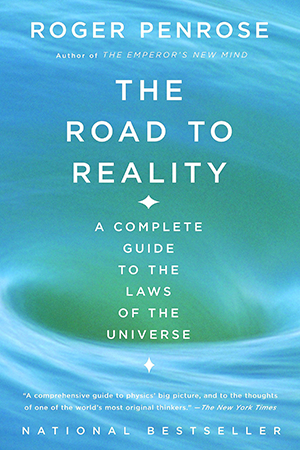
Brian Greene
The Fabric of the Cosmos
From Brian Greene, one of the world’s leading physicists and author of the Pulitzer Prize finalist The Elegant Universe, comes a grand tour of the universe that makes us look at reality in a completely different way. Space and time form the very fabric of the cosmos. Yet they remain among the most mysterious of concepts. Is space an entity? Why does time have a direction? Could the universe exist without space and time? Can we travel to the past? Greene has set himself a daunting task: to explain non-intuitive, mathematical concepts like String Theory, the Heisenberg Uncertainty Principle, and Inflationary Cosmology with analogies drawn from common experience. From Newton’s unchanging realm in which space and time are absolute, to Einstein’s fluid conception of spacetime, to quantum mechanics’ entangled arena where vastly distant objects can instantaneously coordinate their behavior, Greene takes us all, regardless of our scientific backgrounds, on an irresistible and revelatory journey to the new layers of reality that modern physics has discovered lying just beneath the surface of our everyday world.
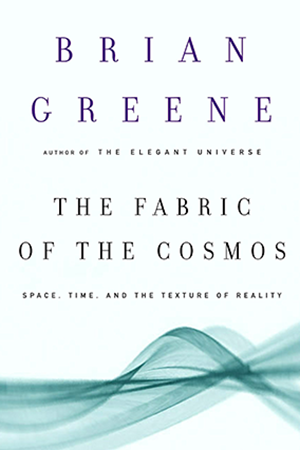
Anil Ananthaswamy
Through Two Doors at Once
The intellectual adventure story of the double-slit experiment, showing how a sunbeam split into two paths first challenged our understanding of light and then the nature of reality itself--and continues to almost 200 years later. Many of sciences greatest minds have grappled with the simple yet elusive double-slit experiment. Thomas Young devised it in the early 1800s to show that light behaves like a wave, and in doing so opposed Isaac Newton. Nearly a century later, Albert Einstein showed that light comes in quanta, or particles, and the experiment became key to a fierce debate between Einstein and Niels Bohr over the nature of reality. Richard Feynman held that the double slit embodies the central mystery of the quantum world. Decade after decade, hypothesis after hypothesis, scientists have returned to this ingenious experiment to help them answer deeper and deeper questions about the fabric of the universe. How can a single particle behave both like a particle and a wave? Does a particle exist before we look at it, or does the very act of looking create reality? Are there hidden aspects to reality missing from the orthodox view of quantum physics? Is there a place where the quantum world ends and the familiar classical world of our daily lives begins, and if so, can we find it? And if theres no such place, then does the universe split into two each time a particle goes through the double slit? With his extraordinarily gifted eloquence, Anil Ananthaswamy travels around the world and through history, down to the smallest scales of physical reality we have yet fathomed. Through Two Doors at Once is the most fantastic voyage you can take.
